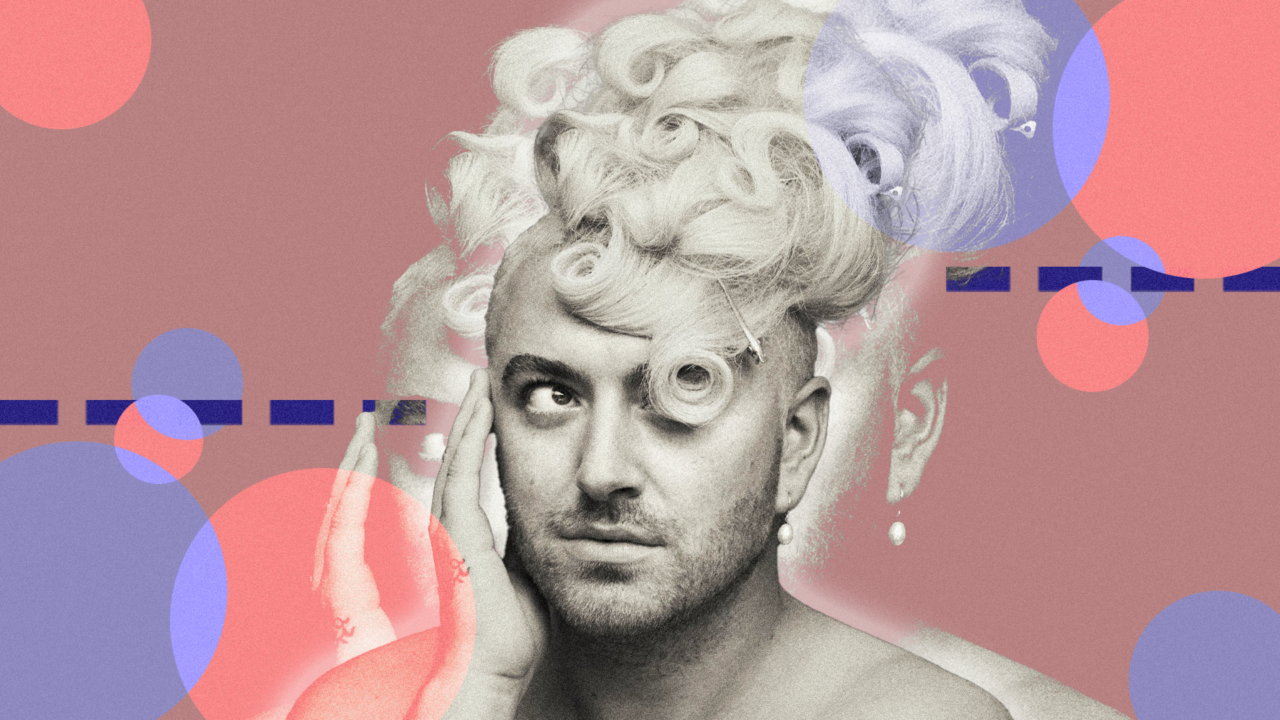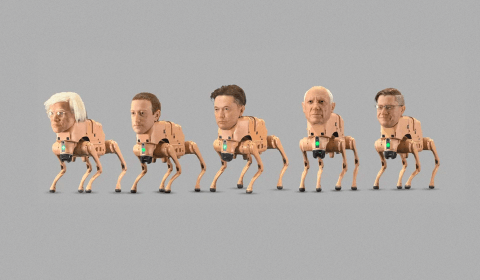‘No fat people’ is a comment I have often seen on Grindr profiles plastered in their bios as if some shining medal of glory – fatphobia inside the queer community is not uncommon. Sam Smith’s new music video is a victim of the same.
It was never easy to proudly attach the adjective ‘fat’ to myself.
The term has long been used as a slur, a curse word, and a sign of shame. I still remember being told by a crush online that I was ‘too fat’ for their liking. Later in life, my body told me there was enough hate already and there was no need for me to twist, turn, and morph myself a certain way just to fit in. I accepted my curves.
Despite my own personal progress, fatphobia inside the queer community remains prevalent. The response to Sam Smith’s latest music video is proof of that.
The track is called ‘I’m Not Here To Make Friends’ and is from their new album ‘Gloria’. The video features Sam in outfits of varying promiscuity as a party unfolds around them. It is racy in tone and embraces sexuality across the spectrum.
The video has received a flood of fatphobic remarks from both conservatives and the queer community, and it was horrific to see swathes of disapproval only a day after its initial release.
Such a large, negative response seems to imply that androgyny can only be flaunted on a body that’s deemed conventionally ‘beautiful’. In order to be appreciated and glorified in the queer community, it seems pop stars must mould themselves to a particular standard.
Much of this standard has been shaped by popular media’s selective display of how queer people, couples, and relationships look.
Whether it be the perfect jawlines of Timotheé Chalamet’s character in ‘Call Me By Your Name’ or Manu Rios’s perfectly toned body in ‘Elité’, we are routinely shown queer bodies of a certain type and have built up our expectations of love around an unrealistic ideal.




















